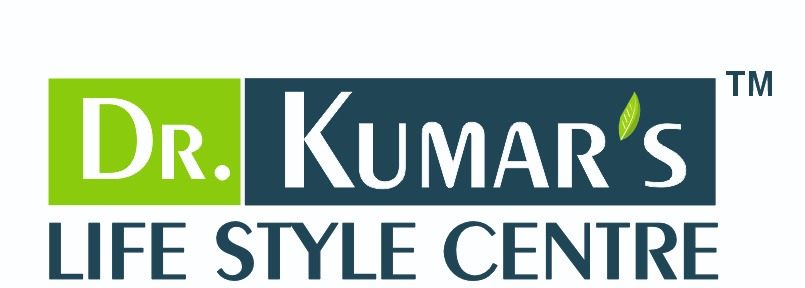
Ayurveda
History of Ayurveda :- Ayurveda is one of the standard holistic forms of medicine invented in India and is now speedily spreading around the world. Ayurveda is a combination of two Sanskrit words, ayus ‘life’ and Veda ‘knowledge’. Hence, Ayurveda is all about ‘the information of life’.
Most of the Indians trust that Ayurveda invented as a form of medicine for the divinities. Even in the Ramayana, it is mentioned how Hanuman carries the Sanjeevani herb for Lakshmana, who is fatally wounded in the battle at Lanka. Dhanwantari, the medical doctor of the gods, is said to be the one who exposed Ayurveda.

Ayurveda was carried from the realms of the gods to the human race by Charaka, who wrote the Ayurvedic thesis, Charaka Samhita, which is observed venerably even today. Sushruta later wrote a collection of his own, Sushruta Samhita, which has numerous alterations over the approaches detailed in the Charaka Samhita.
Tracing Ayurveda Roots
Its philosophies have been summarized and full in the ancient Indian treatises. It has changed down the ages and now changed into a scientific alternative medical science.
The ancient dissertations of Ayurveda were collected by noted exponents of the subject like Parashara, Shalihotra, and Nakula. The art of Ayurveda is one of the first healing sciences that inventing in India around 5000 thousand years ago. Meaningfully, the information contained in the Vedas was taken as true, there have been no examples of trying or research in the discourse. But the fact is that this is one of the best ways to make your body healthy and fit.
The Acceptance of Ayurveda
Today, we can say that the maximum of the population is getting the benefits from the Ayurveda. Almost every Indian household has one Tulsa plant in their yard. Tulsi is nothing but the holy basil tree. This plant is worshipped by the Hindus, without knowing that the great respect for the tulsi creates from the several medicinal properties the herb has. Tulsi is one of the five vital plants every Indian garden is imaginary to have. The other four plants are “Neem”, “amalaki”, “bilva” and “palash”. Today, all these five herbs have become widespread all around the world for their amazing curative belongings.
According to WHO, about 70-80% of the world’s population relies on nonconventional medicines, mostly herbal sources, for their health care. Several chronic diseases lack treatment options, new drugs are too costly, microbial resistance is on the rise, and emerging diseases make complementary and alternative medicine appeals to the public.
Reference: https://www.ncbi.nlm.nih.gov/pmc/articles/PMC5041382/
